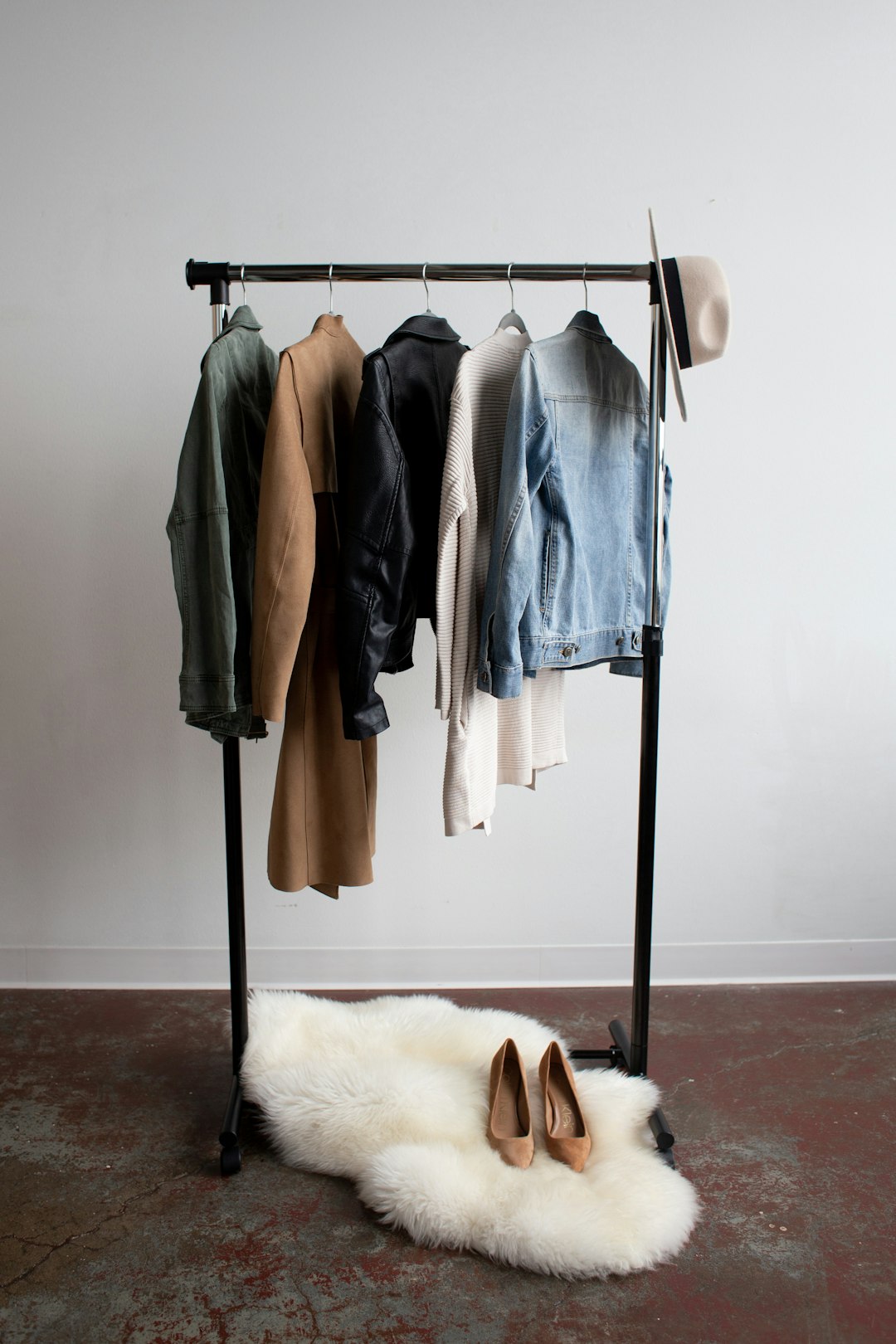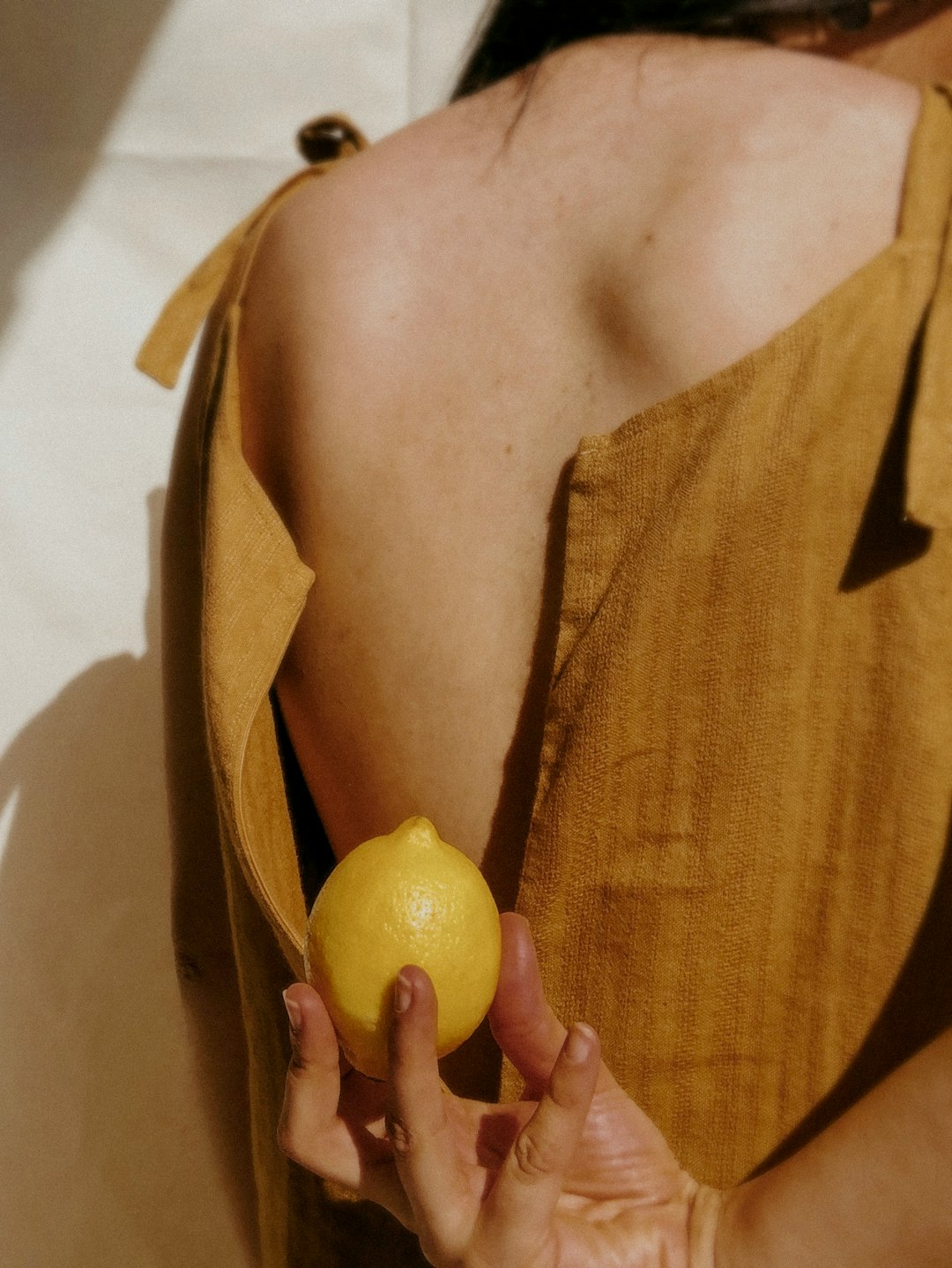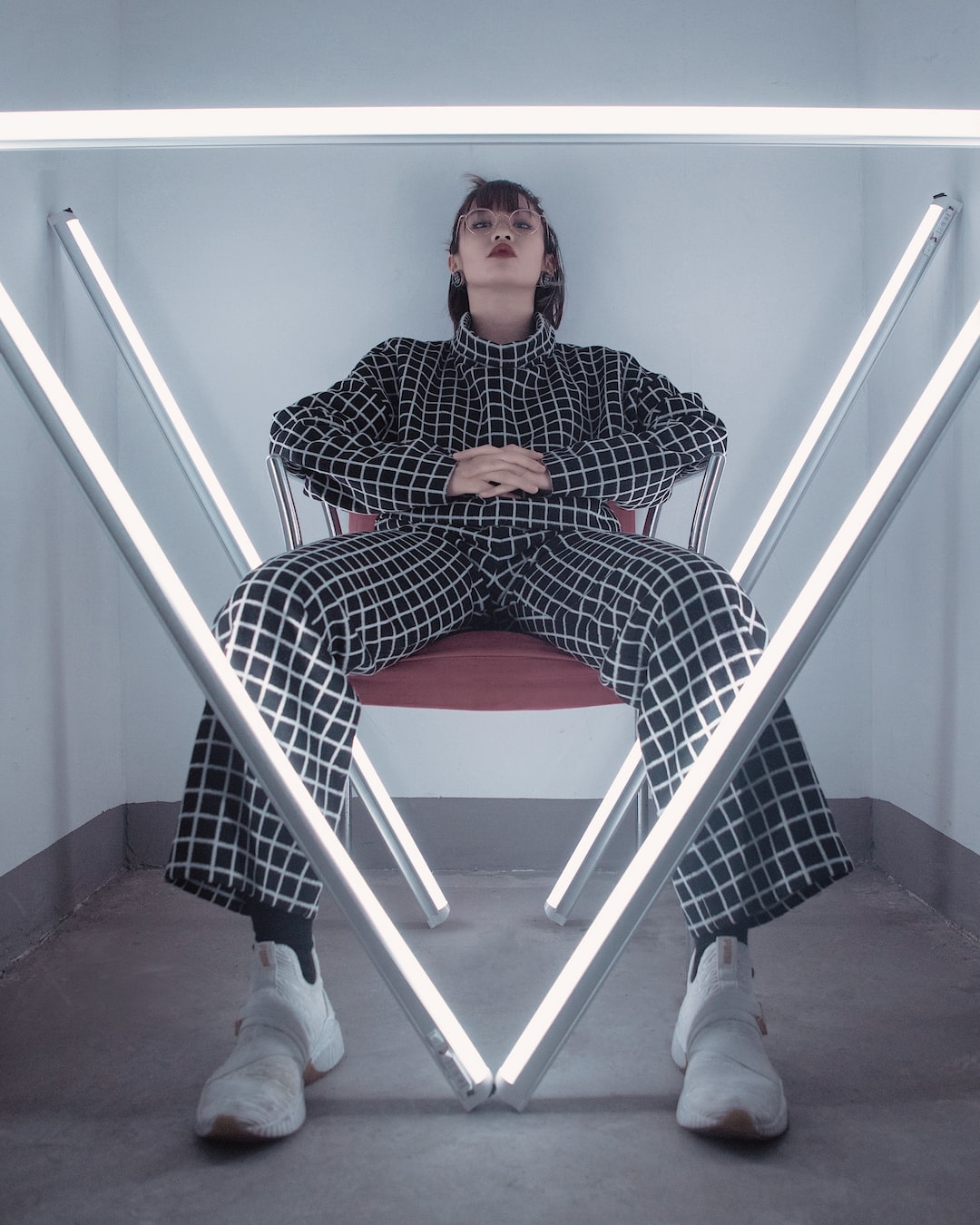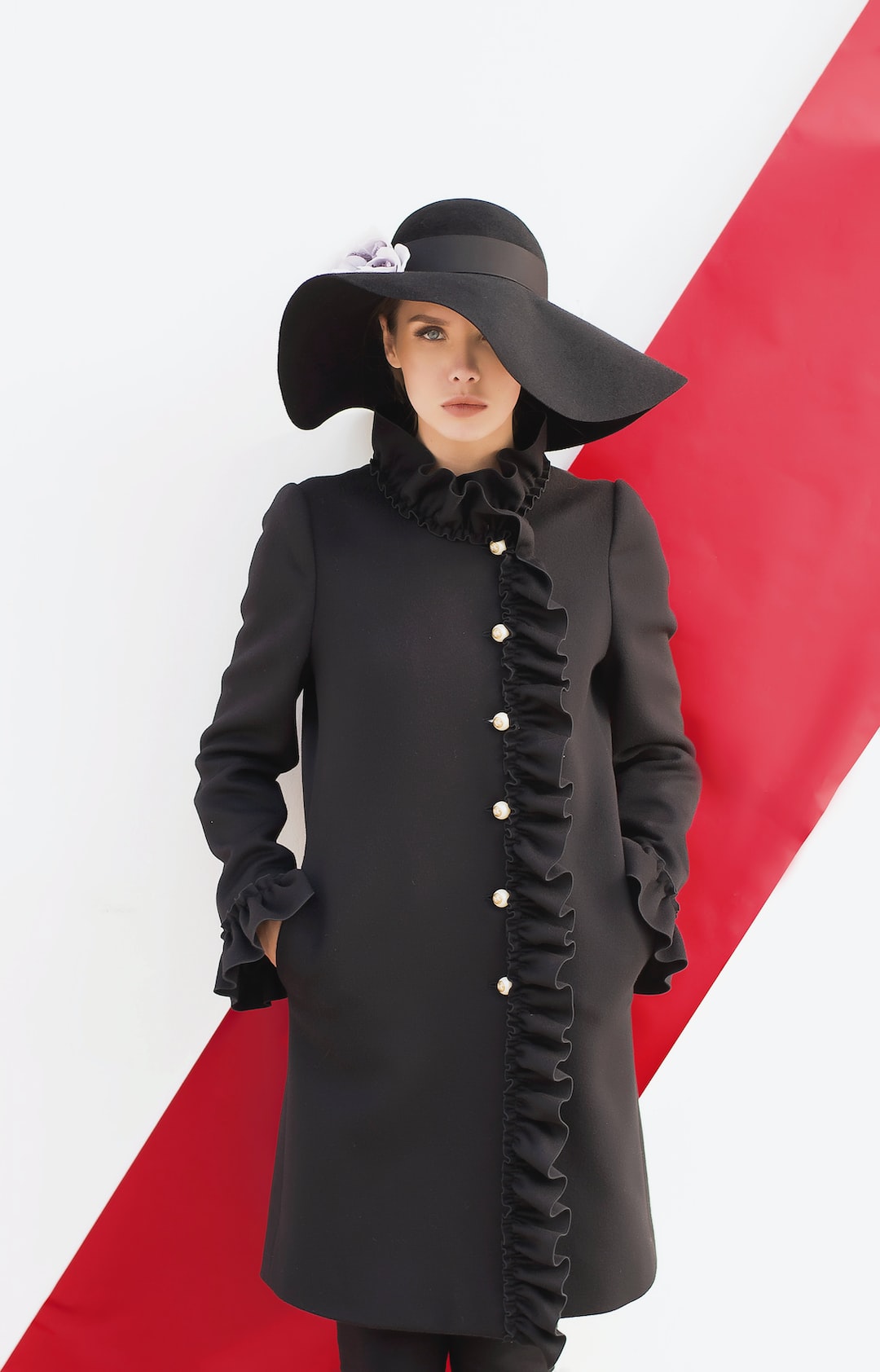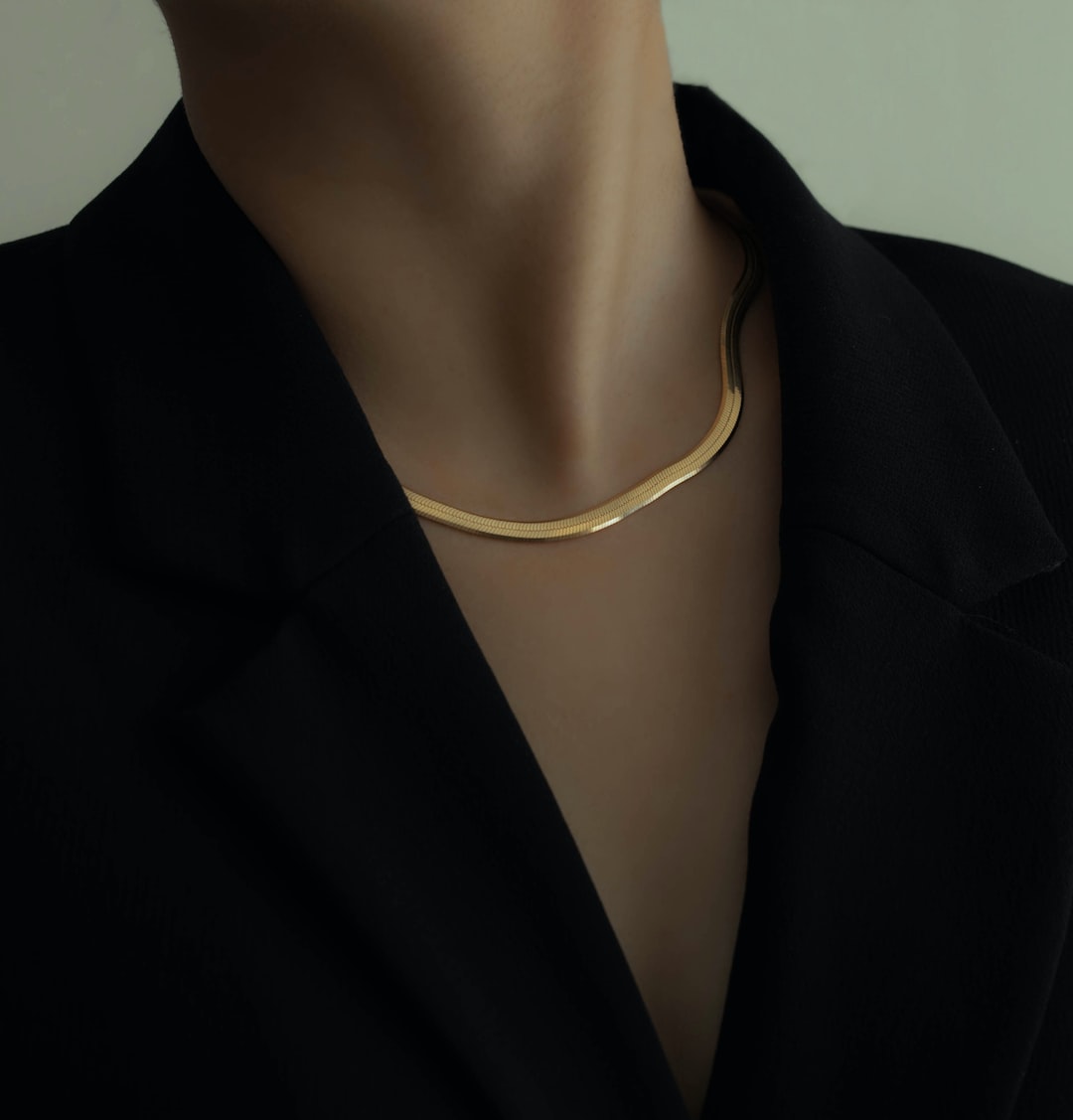When it comes to fashion, sometimes less is more. A casual outfit can be elevated to a whole new level by adding statement pieces that turn an everyday look into something truly eye-catching. Whether you’re headed to a coffee date with friends or an afternoon shopping trip, incorporating bold and unique pieces into your ensemble can make all the difference. Below, we’ll explore some tips and tricks for incorporating statement pieces into your casual outfits to take your style game to the next level.
First and foremost, it’s important to understand what exactly constitutes a statement piece. Statement pieces are those items of clothing or accessories that are eye-catching, unique, and make a bold impression. They are often characterized by bright colors, interesting patterns, or unusual shapes. When it comes to elevating a casual outfit, statement pieces can add a touch of personality and flair that sets you apart from the crowd.
One of the easiest ways to elevate a casual outfit with statement pieces is to start with a simple base. For example, a classic white t-shirt and jeans combo can serve as a blank canvas for your statement pieces to shine. Consider adding a brightly colored blazer, a pair of statement earrings, or a bold handbag to instantly elevate your look. By keeping the rest of your outfit relatively simple, your statement pieces will take center stage and become the focal point of your ensemble.
Another way to incorporate statement pieces into your casual outfits is to mix and match different textures and materials. For example, pairing a delicate lace top with a pair of distressed denim jeans adds a touch of contrast and visual interest to your look. Mixing textures like leather, silk, and denim can create a dynamic and visually appealing outfit that is sure to turn heads.
When it comes to accessorizing with statement pieces, the options are endless. Consider adding a chunky statement necklace, a pair of oversized sunglasses, or a bold scarf to instantly elevate your casual outfit. Accessories are a great way to experiment with different trends and styles without committing to a full-on wardrobe overhaul. Don’t be afraid to mix and match different accessories to create a look that is uniquely your own.
Incorporating statement pieces into your casual outfits is also a great way to showcase your personal style and express yourself creatively. Whether you have a penchant for bright colors, fun patterns, or edgy designs, incorporating statement pieces into your wardrobe allows you to experiment and have fun with fashion. Don’t be afraid to step outside of your comfort zone and try something new – you may be surprised at how much you enjoy adding a touch of flair to your everyday outfits.
When selecting statement pieces for your casual outfits, it’s important to choose items that complement your existing wardrobe and reflect your personal style. Consider investing in versatile pieces that can be mixed and matched with different outfits to maximize their wearability. Look for items that make you feel confident and empowered when you wear them – after all, fashion is all about expressing yourself and feeling great in what you wear.
In conclusion, incorporating statement pieces into your casual outfits is a great way to elevate your style and make a bold impression. Whether you prefer bold colors, unique patterns, or eye-catching accessories, there are endless options for taking your everyday look to the next level. By mixing and matching different textures, experimenting with accessories, and showcasing your personal style, you can create a truly memorable and fashion-forward outfit that is sure to turn heads wherever you go. So why not have some fun with fashion and start incorporating statement pieces into your casual outfits today?




